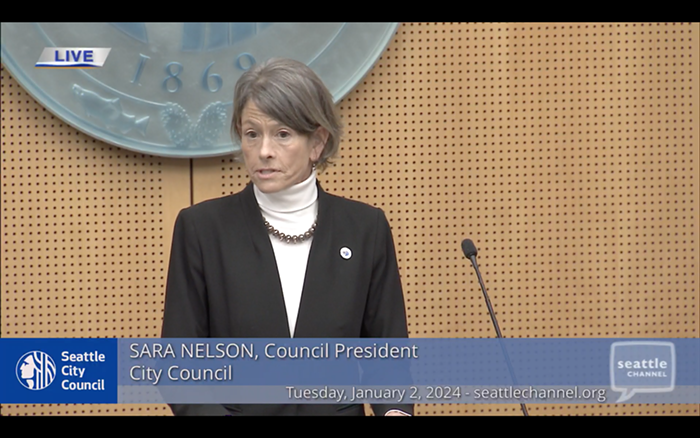Capitol Hill developer Liz Dunn, who specializes in restoring pre-1940s buildings like the 1926 Piston & Ring building on 12th Avenue, signed off on a letter to city council member Tom Rasmussen in March calling for a moratorium on demolition in the Pike/Pine neighborhood.
In the letter, Dunn and other steering committee members of the Pike/Pine Urban Neighborhood Council (PPUNC), a group of business owners and residents, argued that the pace of new development is destroying the neighborhood's character. "The City of Seattle must act quickly if the essence of the Pike/Pine Neighborhood is to be preserved," the group wrote. And, in a separate letter Dunn sent to fellow PPUNC members in March, she wrote, "Old buildings can support lower rents, attract a variety of unique retailers, restaurants, and arts users, and in turn attract people to visit from outside the neighborhood." Also in March, the National Trust for Historic Preservation named Dunn the consulting director of Preservation Green Lab, a national preservation-advocacy group.
But while Dunn is seeking to halt demolition of old buildings, she is also planning to knock down one she owns and build a new development in its place.
A decade ago, Dunn purchased the Chop House, a practice space for musicians that occupies an old, two-story masonry building on 11th Avenue and East Pine Street. Since the mid-'80s, its 30 studios have served as rehearsal rooms for hundreds of bands, including the Presidents of the United States of America.
But now Dunn wants to build a 60-unit apartment building on the site.
"We are going to have to find somewhere else to practice," says Blake Wolf, a guitarist for Immiserate, a death-metal band that practices at Chop House. The building is currently one of only two large rehearsal spaces on Capitol Hill. Although there are several other studios in South Seattle, Wolf says, "It's inconvenient for people who don't have cars to get down there."
Dunn, who hopes to find a new location for Chop House, says there's no inconsistency in demolishing her old building while advocating for a moratorium on the demolition of other such buildings.
"I don't think every building needs to be saved nor should be," Dunn says.
Little of the Chop House building's original facade remains and the ground-floor rooms were gutted before Dunn bought it; moreover, the walls are constructed from hollow clay blocks. "What the city would require to seismically retrofit it would be essentially rebuilding it from scratch," Dunn says.
The paradox, it seems, is that people like the idea of preserving old buildings in Pike/Pine. But in practice, even the most die-hard preservationists run up against economic realities.
Last year, in an effort to encourage property owners to save older buildings in the Pike/Pine neighborhood, Council Member Rasmussen launched a Pike/Pine-preservation study and proposed limiting the size of new buildings and giving developers incentives to add on to old buildings instead of tearing them down. However, the city's Department of Planning and Development sent the proposal back without those provisions, prompting Dunn and PPUNC's call for a moratorium on demolition.
Rasmussen says he plans to introduce legislation that would limit the size and scale of new buildings in the Pike/Pine corridor later this spring. ![]()


















